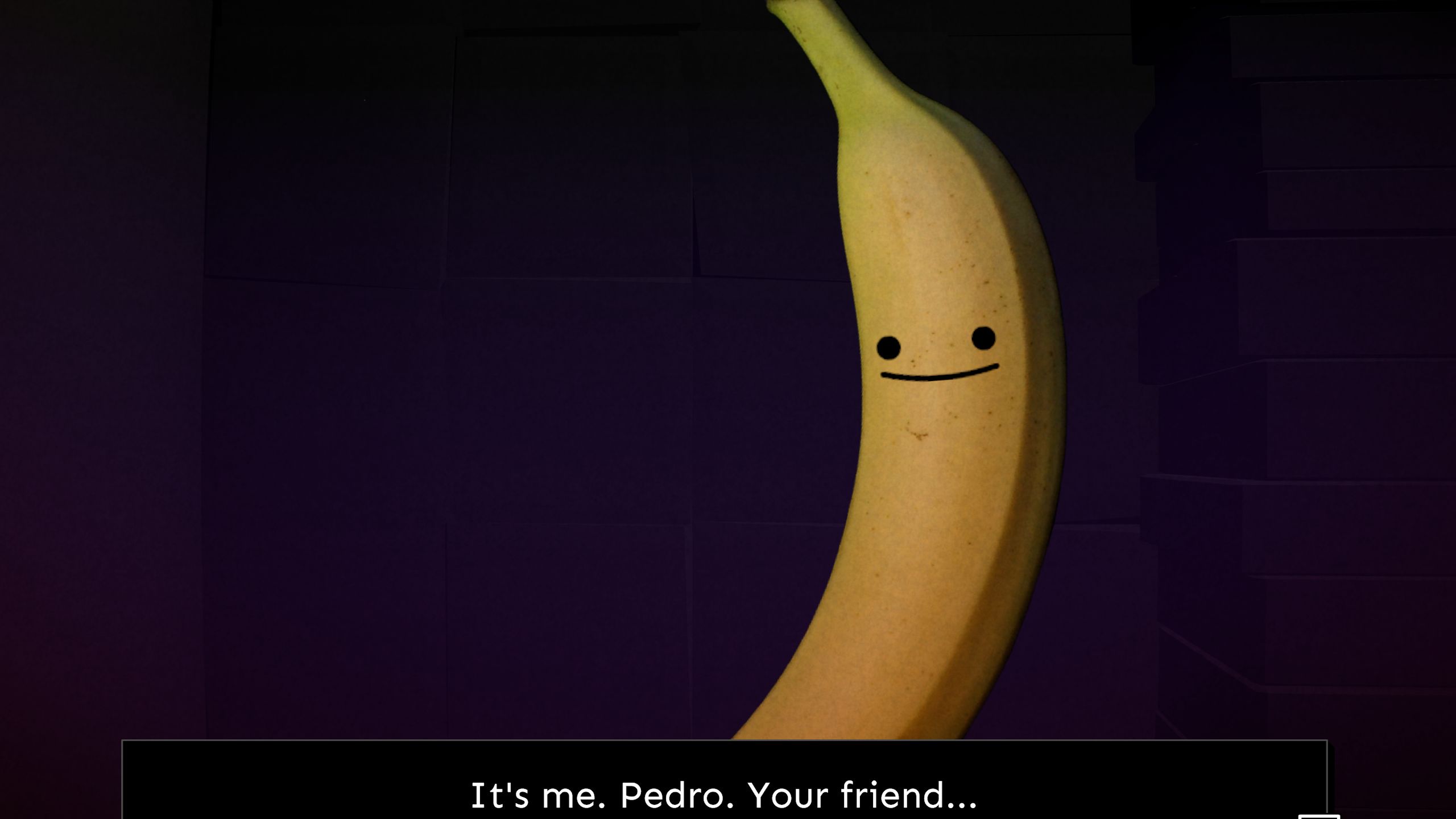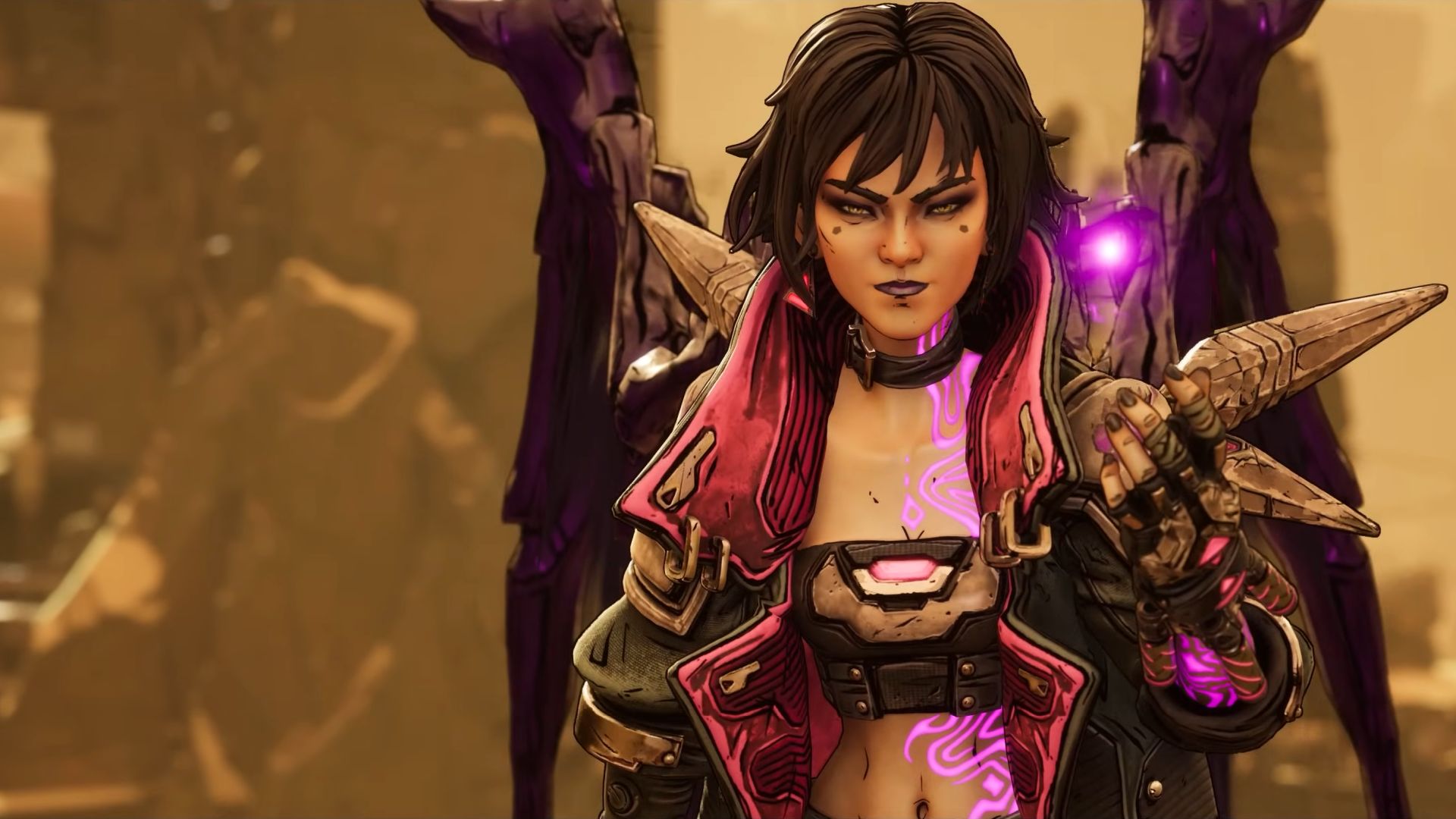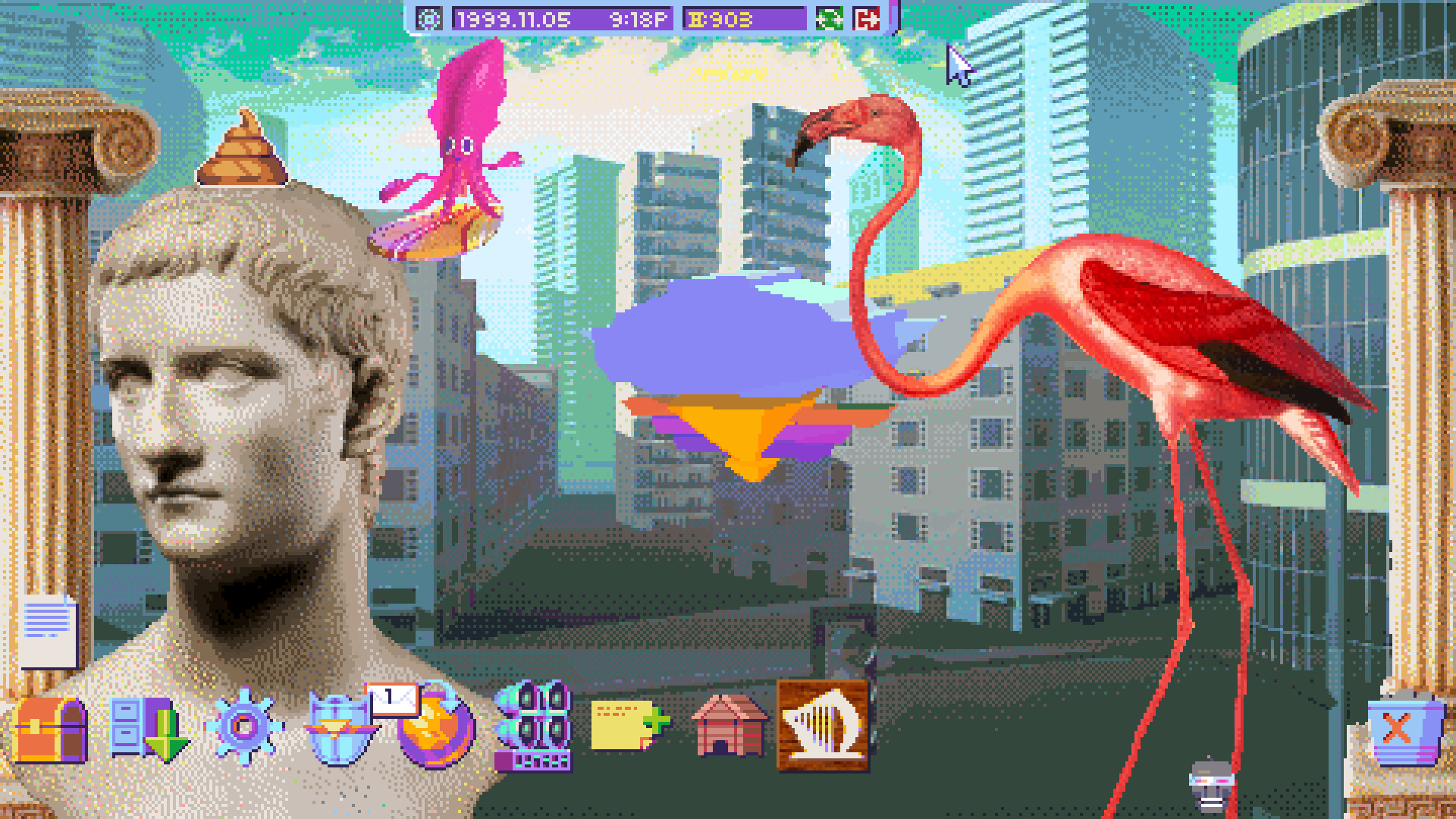
There’s a tricky, but boundlessly creative combat system powering Marvel’s Midnight Suns, a tactics game from XCOM developer Firaxis. It relies on drawing and playing Marvel character cards, making it different enough from the studio’s traditional team tactics formula, but not as close to Marvel Snap’s turn-based deck-building as it may initially sound.
It’s a new twist on familiar concepts, combining to create something truly unique, but it does take a little getting used to. In order for you to make the most of its intricate systems, discover some crafty combos, and pick your perfect team, here’s a brief guide to how combat works in Marvel’s Midnight Suns.
In the Mission
Each mission requires you to bring in three different superheroes, chosen from the likes of Blade, Ghost Rider, Captain Marvel, and many others. Each is equipped with a pool of signature ability cards which act as their special moves from the comics and films, with Iron Man shooting repulsor beams or Doctor Strange unleashing combat magic.
These cards are shuffled into a randomized deck at the start of each battle and every turn you’ll usually only be able to play a maximum of three freshly drawn moves. If any of these cards don’t fit your current strategy, you can redraw two of them before having to end your turn.Some cards are easy to play right away without any restriction – just pick your target and let loose. These skills will help build up your Heroism Meter, which can be spent to rage out with much more powerful abilities.
You can also spend Heroism to kick, leap over, throw, or knock down objects in the environment, a useful way to chip chunks of damage off a baddie without necessarily having the right cards in hand.
Unlike XCOM, there’s no grid or cover system. Your heroes have a little bit of movement to make sure they are in the right position to get out of danger or the correct angle for sending objects flying in the right direction, but this means defensive tactics are far more about using cards for healing, taunting, blocking, or determining which enemies you need to focus damage on to ensure they’re dispatched before they can deal too much right back at you.
While your party can only move one character per turn, certain cards will move characters to specific spots on the map, denoted by a green mark on the floor. Sometimes, settling for a weaker card to gain better battlefield position can be the smarter play, given how many powerful skills will hit all enemies in a line. Environmental interactions often require you to be lined up correctly as well, so always be thinking one step ahead.
All the Rules Are on the Card
Some cards have traits which offer additional tactical advantages in battle. Examples include “Quick” cards which don’t count against the max limit you’re able to play in a turn as long as they’re used to knock an enemy out. Since some enemies are weak enough to be taken care of in a single hit, these are essentially like playing a card for free. If the card says Knockback, you might get lucky and send the enemy flying into another for two easy KOs, or hurl them into a wall to deal extra damage.
The most powerful cards often come with a downside of having some of the most restrictive rules for how they are played. These include a particularly powerful Iron Man card which can combo as many times as the amount of other Iron Man ability cards you hold in your hand. Every time you draw it you’ll have to ask yourself if the risk is worth spending all of your redraws on perfectly usable cards just to try and make sure it deals more damage.
Battles aren’t just about trying to clear the board of any opponents, there are sometimes other objectives to focus your attention on too. In one mission you’ll need to stop a helicopter from taking off by focusing your attacks on it, while also making sure that you aren’t overwhelmed by regular enemies in the process. Defeating some foes might add cards into your deck for the battle that prevent the target from retreating for a turn, or make it more vulnerable to attacks. Spend too much time taking down the small targets and not enough on the main task though, and the helicopter will escape with mission failure swiftly following.
Between Missions
If you’re lucky, you’ll find Gamma Coils on some of your outings as either mission rewards or hidden in boxes on the map. Between battles you can turn these coils into three new cards – each for a different character – but you’re only able to keep one. Select a duplicate of a card you already have and they’ll be combined, upgrading one and adding new card text to it. Choose a totally new card and you’ll have to make space in that character’s deck by taking another out. This limitation means your heroes can’t be jack-of-all-trades, and are best tailored to your own particular playstyle. The best approach is to build archetypes, choosing abilities that help that hero combo better with others, playing easier cards which don’t rely on spending heroism for more consistency every time you draw, or a mixture of everything.Importantly, and perhaps obviously, you can’t use character cards if the corresponding hero isn’t brought into battle with you, and since they might occasionally become unavailable through injury in battle, it’s a good idea to spread out your upgrade choices and not overpower one hero at the expense of everyone else.
Strange Interactions
Every character has an eccentricity about their playstyle and fully understanding their abilities is your way to unlocking massive damage.
XCOM was renowned for the possibility of complete failure. Although that’s mostly not the case in Midnight Suns as all of your attacks will absolutely hit their intended targets, the hero Nico Minoru thrives on randomness, with some of their cards having hidden quirks or uncertain levels of damage.
Ghost Rider can create a hole in the map which might instantly KO an enemy if they’re unlucky enough to fall in, decided with a risky percentage chance, so you’ll want to pair them up with team partners who have equipped a lot of knockback attacks.
Characters with lots of Quick cards, like Blade or Iron Man (Quick means the card gets refunded when used to kill an enemy) are great for building heroism that you can unleash with a massive damage dealing character like Ghost Rider or Captain Marvel.
If you want to think a bit outside the box, Magik and Spider-Man are great teammates since they both focus on knockback abilities and environmental interactions, but you can quickly get overwhelmed if you try to get too cute with positioning and don’t deal enough damage. Swapping Spider-Man out for someone like Ghost Rider or Captain Marvel may be a little more cut and dry, but using Magik’s portals and Knockback abilities to line goons up and devastate them with high heroism attacks is undeniably satisfying.
These are all just suggestions, but a lot of the fun of Midnight Suns is building the team that you want. If you have a hole in your roster with a specific need, make sure to check out each hero’s Profile page, as it will tell you exactly what they can add to the team.
Mat Jones is IGN’s UK Social Coordinator, and will turn back into a pumpkin at midnight.






